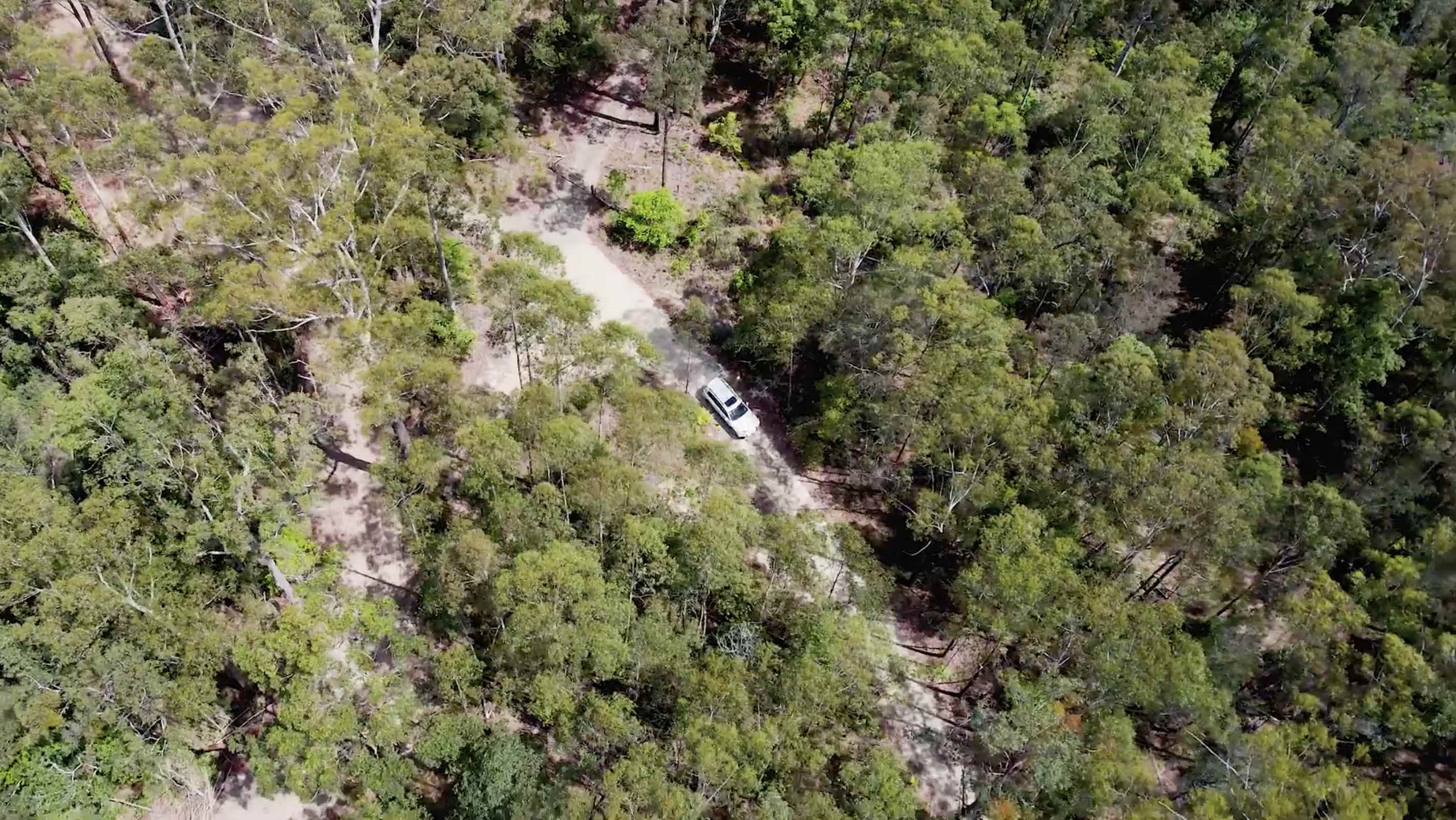The life of a sustainable forest manager (forest steward) is both dynamic and deeply rewarding. With a commitment to preserving the ecological balance and ensuring the forest’s health for future generations whilst providing for local communities, every day brings new challenges and opportunities. Here’s a glimpse into a typical day for a sustainable forest manager in New South Wales.
7:00 AM – Up & Out
The day begins early, sometimes before the first light of dawn depending on where I am headed. Today it’s out to just west of Dorrigo, so a quick breakfast and a strong cup of coffee set the stage for the day ahead.

8:30 AM – Site Inspection
First stop is a visit to a current forestry operation. My role is to oversee the harvest contractor(s), ensure the project is being delivered with maximum efficiency and minimal environmental impact for long term benefit. I also speak with the landowner to update them on progress and answer any questions that they may have. A large part of the role of a sustainable forest manager is landowner education which is a passion of mine.

10:00 AM – Forest Health Assessment
Next, I head out to a neighbouring property to conduct a forest health assessment as the result of a recommendation from a current client. The assessment starts before I even arrive at the property, assessing the accessibility of roads, tracks, bridges, topography etc.. On arrival I meet with the landowner to invite them to join me in my inspection. Together as we travel through the forest I assess the forest type and overall forest condition. This involves checking the health of trees, looking for signs of disease, pest infestations, and assessing the overall health of the vegetation.

12:30 PM – Lunch Break
Lunch is usually a quick affair, often eaten in the field. It’s a good time to catch up on emails and make notes of the morning’s activities. The peacefulness of the forest provides a perfect backdrop for a moment of rest and reflection.

1:00 PM – Sawmill Liaison and Enquiries
Before heading back to the office, I make a visit to one of our key sawmills to discuss their current and upcoming requirements. Maintaining great relationships with our primary and secondary timber processing partners ensures that we stay aligned on sustainable practices, address any concerns promptly, and optimise the quality and efficiency of our timber production processes, which in turn helps us provide maximum value to our landowners.

1:30 PM – Project Management and Landowner Follow-Ups
Early afternoon is spent following up with landowners regarding ongoing projects. This involves phone calls and sometimes site visits to ensure that all parties are aligned and any issues are swiftly resolved. Project management tasks, such as tracking progress and updating project plans, are also tackled during this time.
2:30 PM – PNF Applications and Local Land Services Communications
Back in the office, I review the progress of Private Native Forestry (PNF) applications and communicate with Local Land Services to ensure compliance with regulations. Staying up to date with current regulations and obligations is crucial to ensure all forestry activities are legally sound and environmentally responsible.
3:00 PM – Desktop Geographical Analysis and Mapping
Using tools like desktop geographical analysis, a multitude of mapping resources, and Google Earth Timelapse, I can assess changes in forest cover and plan future activities. This helps in identifying areas requiring thinning, regenerating or special attention, and ensures all operations are strategically planned.
4:00 PM – Logistical Job Planning
Next I move onto planning the logistics for upcoming jobs, considering factors like haulage rates, market demands and weather conditions. Gathering information for the Forest Management Plan ensures that all operations are efficiently coordinated and environmentally sound.

5:00 PM – Data Analysis and Reporting
Towards the end of the day, I review the data collected throughout the day and supplied from our forest contractors and timber partners, update our databases, and prepare reports for various stakeholders, including government agencies.. This paperwork, though less glamorous, is crucial for tracking progress and planning future actions.
I’ll also use this time to put together the forest assessment and valuation report for the landowner/s I visited that day.
6:30 PM – Personal Time
After a fulfilling day, I head home. Evenings are reserved for family, relaxation, and sometimes a bit of personal research or reading on the latest in sustainable forestry. Maintaining a work-life balance is essential to stay motivated and passionate about the job.

9:00 PM – Reflection and Planning
Before calling it a day, I take some time to reflect on the day’s achievements and plan for tomorrow. Each day in sustainable forest management is a step towards a healthier, more resilient forest, and every little effort counts.
Are you looking for a sustainable forest manager for your private native forest?
You’ve come to the right place. We are leaders in sustainable forest management of private native forests and plantations across the NSW North Coast, helping landowners maximise the potential of their forest for long term sustainability. Connect with us today. Contact us for a free assessment and valuation of your forest at 1300 367 378.
Now is the time to consider sustainable forest management practices. By embracing sustainability, you can preserve biodiversity, minimise environmental impact, and meet the growing demand for responsibly sourced timber.



